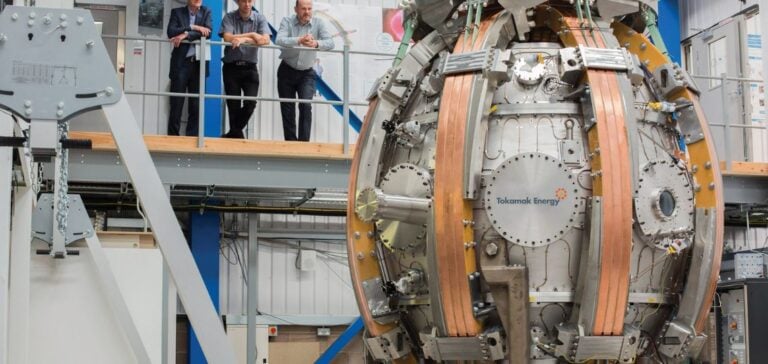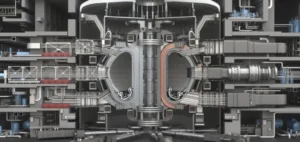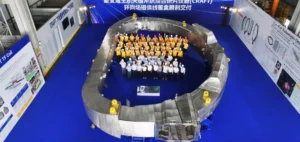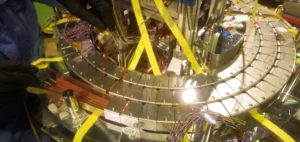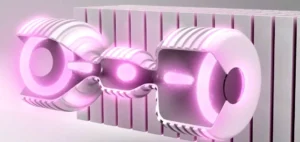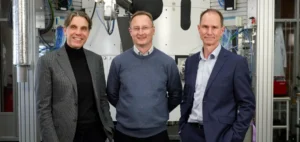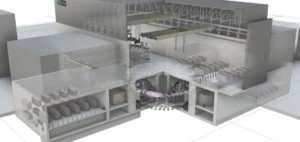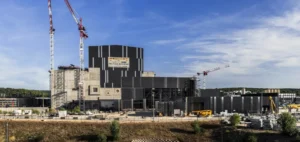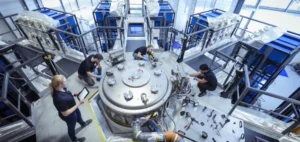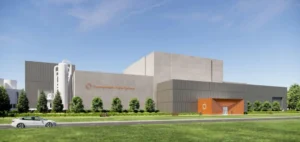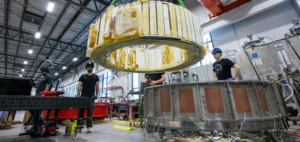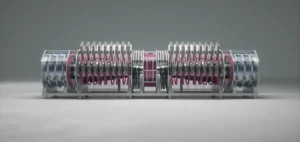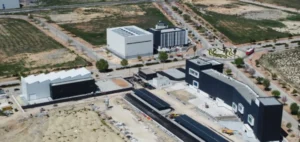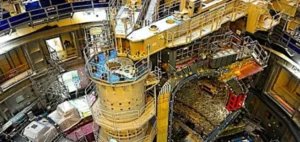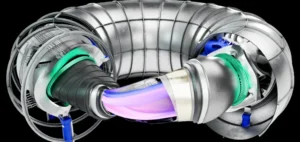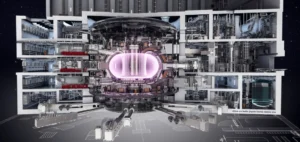Tokamak Energy, a British company specializing in nuclear fusion, has announced the integration of its digital twin software, named SOPHIA, into its ST40 fusion device. This computer program can simulate multiple experimental scenarios, optimizing each test without having to perform them physically on the machine. This breakthrough is crucial for accelerating research and development in the field of nuclear fusion.
A Key Technological Advantage
By reaching a plasma temperature of 100 million degrees Celsius last year, Tokamak Energy ‘s ST40 became the most efficient private spherical fusion device. The SOPHIA software, developed in-house and successfully tested last year, will be fully integrated into ST40 operations in 2024. This technology enables multiple simulations to be carried out, with predicted results in line with actual experiments, ensuring that tests do not exceed machine limits and avoid plasma disturbances.
Prospects for Research and Development
Mike Porton, Chief Engineer at Tokamak Energy, said: “The experiments achieved virtually by SOPHIA will be implemented on the ST40, producing measurable, publishable and verifiable physical results, accelerating our research and development productivity. This is a major step forward in reducing power plant design validation times and delivering commercial fusion in the 2030s.”
History and future projects
Formed in 2009 from the UK Atomic Energy Authority (UKAEA), Tokamak Energy announced last February that it was building a prototype spherical tokamak, the ST80-HTS, on the Culham campus near Oxford. This prototype is intended to demonstrate the potential of high-temperature superconducting magnets and inform the design of its pilot fusion power plant, ST-E1, planned to deliver up to 200 MW of net electrical power in the early 2030s. Thereafter, 500 MW commercial fusion power plants should be deployed from the mid-2030s.
International collaboration
Last week, Tokamak Energy signed an agreement with the U.S. Department of Energy as part of its $46 million program to realize a bold vision for commercial fusion. This collaboration brings together various companies with national laboratories and universities to tackle the technical and commercial challenges involved in designing a pilot fusion power plant. The integration of SOPHIA software into the ST40 represents a turning point for Tokamak Energy in the race for commercial nuclear fusion. Thanks to this innovation, the company is well positioned to validate its power plant designs and achieve its ambitious targets for fusion power generation in the 2030s, marking a significant step forward in the energy field.


